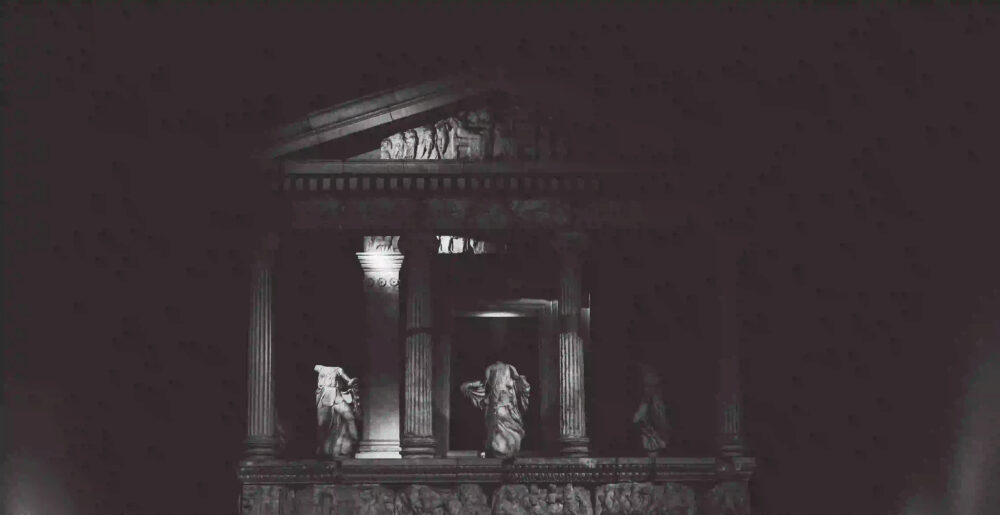The sun, a radiant celestial body that has fascinated mankind for centuries, holds a prominent place in the mythologies of cultures spanning the globe. From ancient civilizations to modern societies, the sun has been revered as a symbol of power, warmth, and life itself. In this blog post, we explore the captivating mythology surrounding solar deities and the myths associated with the sun from various cultures around the world.
The Sun in Ancient Egypt
In the land of the pharaohs, the sun was personified as the god Ra, the creator and ruler of all things. Ra was often depicted as a falcon-headed deity, sailing across the sky in a golden boat during the day and descending into the underworld at night. The ancient Egyptians believed that Ra’s journey across the sky brought light and life to the world, and his daily cycle represented the eternal cycle of life, death, and rebirth.
The Sun in Ancient Greece
In Greek mythology, the sun was personified as the god Helios, who rode his chariot across the sky, illuminating the world with his fiery rays. Helios was often depicted with a radiant crown and a golden chariot drawn by four winged horses. According to the Greeks, Helios was the son of the Titans Hyperion and Theia and the brother of Selene, the goddess of the moon.
The Sun in Norse Mythology
In Norse mythology, the sun was personified as the goddess Sól, who drove the sun chariot across the sky. Sól was pursued by a wolf named Sköll, representing the eternal struggle of light and darkness. It was believed that during a solar eclipse, Sköll temporarily caught up with Sól, causing the sun to disappear from the sky. The Norse people also worshipped the god Baldr, who was associated with the sun and represented beauty, light, and purity.
The Sun in Aztec Mythology
In Aztec mythology, the sun was personified as the god Huitzilopochtli, the patron deity of the Aztec empire. Huitzilopochtli was often depicted as a warrior, adorned with hummingbird feathers and carrying a shield and a spear. According to Aztec beliefs, Huitzilopochtli fought a daily battle against the forces of darkness to ensure the sun’s continued rise and the prosperity of the Aztec people.
The Sun in Hindu Mythology
In Hindu mythology, the sun was personified as the god Surya, the bringer of light and life. Surya was often depicted riding a chariot pulled by seven horses, representing the days of the week. He was worshipped as a benevolent deity, bestowing vitality and energy upon the world. In Hindu cosmology, the sun was also considered the eye of the supreme god, providing illumination and knowledge to all beings.
The Sun in Native American Mythology
Native American tribes throughout North and South America have their own unique myths and legends surrounding the sun. For example, the Hopi people of the American Southwest believe in the sun god Tawa, who is responsible for bringing light and warmth to the world. The Lakota Sioux have a story about Wi, the sun goddess, who travels across the sky on her daily journey. These myths illustrate the deep reverence and respect that Native American cultures have for the sun.
Conclusion
The mythology of the sun is a testament to the universal human fascination with this celestial body. From ancient Egypt to the Americas, cultures around the world have crafted captivating stories and personifications to explain the sun’s power and significance in their lives. These myths not only provide insight into the beliefs and values of different societies but also offer a glimpse into our shared human experience and our eternal quest to understand the mysteries of the universe.
As we continue to marvel at the sun’s brilliance and bask in its warmth, let us remember the rich tapestry of myths and legends that have woven themselves into our collective consciousness, reminding us of the enduring power and beauty of the sun.
Note: This blog post is for informational purposes only and does not delve into the religious beliefs associated with the myths mentioned. It is important to respect and honor the cultural significance of these stories when discussing them.
